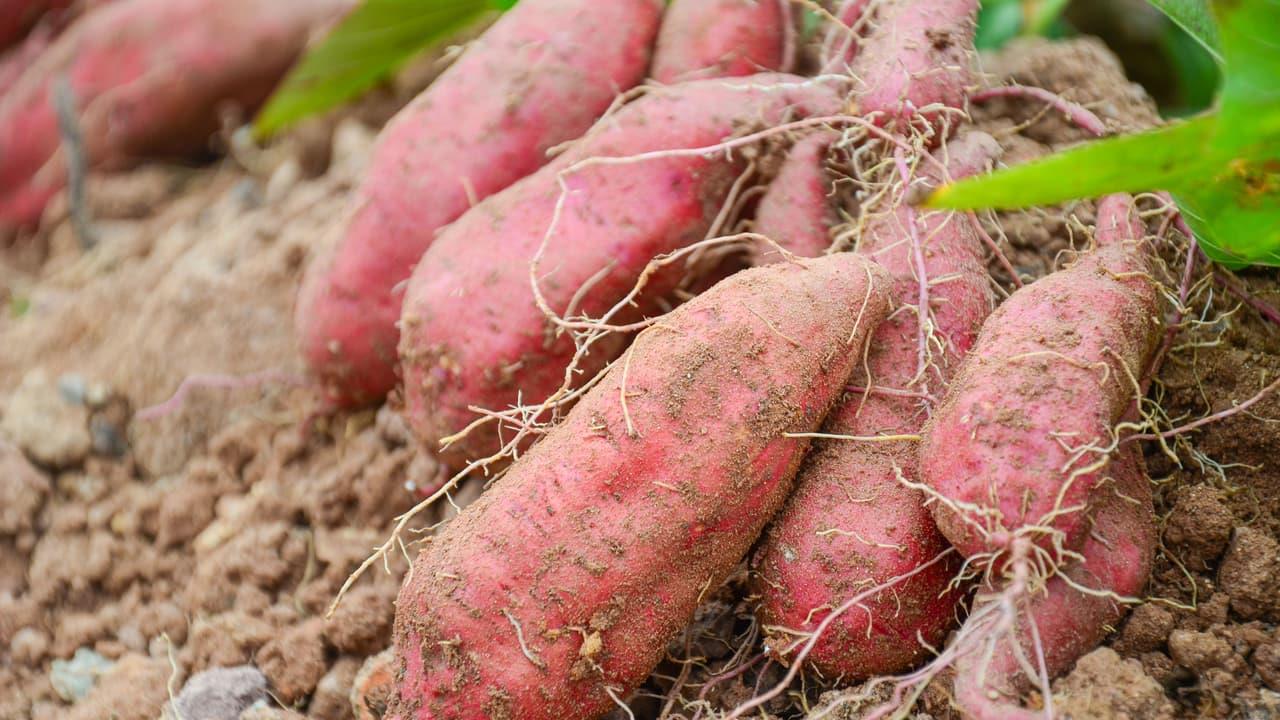Sweetpotato's Strange DNA Decoded, Exposing Its Wild Hybrid Roots
The sweetpotato may look like a simple root vegetable, but beneath its skin lies one of the most complex plant genomes ever studied. After decades of mystery, scientists have finally cracked its genetic code-and what they found is stranger than anyone expected. The findings on the sweetpotato genome were published in Nature Plants by the research team led by Professor Zhangjun Fei at the Boyce Thompson Institute.
A Genome Unlike Any Other
While humans inherit two sets of chromosomes (one from each parent), sweetpotatoes carry six full sets. This genetic setup, called hexaploidy, makes their DNA exceptionally difficult to decode. Imagine trying to sort six shuffled encyclopedias all at once-that's the challenge researchers faced.
A global team led by Professor Zhangjun Fei of the Boyce Thompson Institute has now achieved a scientific milestone: the first complete, fully phased genome of the“Tanzania” variety, a sweetpotato widely grown in Africa for its resilience and nutritional value.
A Patchwork of Ancestors
The genetic map revealed that sweetpotato isn't just a single species-it's a hybrid stitched together from multiple wild relatives. Roughly one-third of its DNA comes from Ipomoea aequatoriensis, a species found in Ecuador. Other portions resemble a Central American wild species known as Ipomoea batatas 4x-though scientists believe an as-yet-undiscovered ancestor may also be involved.
Unlike wheat, where ancestral DNA remains in neat sections, sweetpotato's genome is interwoven like a tapestry, blending sequences from different ancestors across the same chromosomes. This makes it a“segmental allopolyploid”-a hybrid that behaves genetically like a single species.
Why This Matters
This tangled genetic heritage is more than just a curiosity. The sweetpotato's multiple chromosome sets give it remarkable adaptability, resilience, and disease resistance. With“backup” versions of many important genes, it can withstand drought, fight off pests, and thrive in tough environments-traits that make it vital for food security in regions like sub-Saharan Africa.
Professor Fei explains:“Having a complete, phased genome gives us an unprecedented level of clarity. We can now read the sweetpotato's genetic story with incredible detail.”
A Tool for the Future
Decoding the sweetpotato genome is not just an academic triumph-it's a practical one. With this genetic roadmap, plant breeders can now more precisely target traits such as:
- Higher yields Better nutritional quality Stronger resistance to climate stress and disease
The breakthrough also paves the way for similar progress in other crops with complex genomes, like wheat, banana, and cotton-critical in a world facing climate change and rising food insecurity.
A Humble Root with Global Importance
From farmers in Africa to kitchens worldwide, the sweetpotato feeds millions every day. Now, with its DNA finally unraveled, this ancient crop may be ready for a new era of innovation-helping secure the future of food in an uncertain climate.
Legal Disclaimer:
MENAFN provides the
information “as is” without warranty of any kind. We do not accept
any responsibility or liability for the accuracy, content, images,
videos, licenses, completeness, legality, or reliability of the information
contained in this article. If you have any complaints or copyright
issues related to this article, kindly contact the provider above.
Most popular stories
Market Research

- What Does The Europe Cryptocurrency Market Report Reveal For 2025?
- United States Kosher Food Market Long-Term Growth & Forecast Outlook 20252033
- Utila Triples Valuation In Six Months As Stablecoin Infrastructure Demand Triggers $22M Extension Round
- Meme Coin Little Pepe Raises Above $24M In Presale With Over 39,000 Holders
- FBS Analysis Highlights How Political Shifts Are Redefining The Next Altcoin Rally
- 1Inch Becomes First Swap Provider Relaunched On OKX Wallet






















Comments
No comment